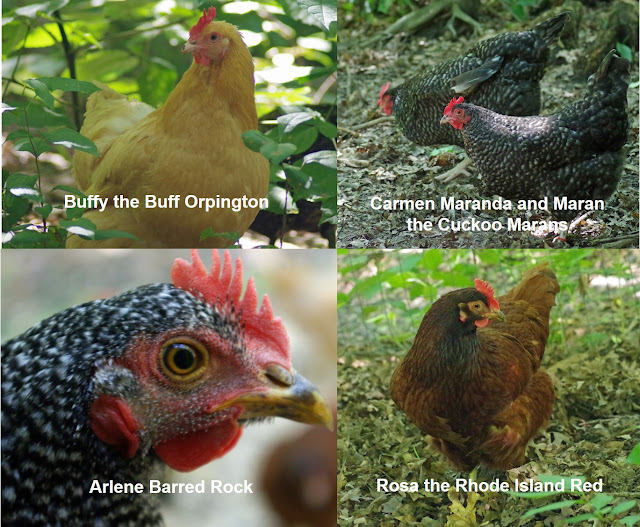Here’s
the cool and unique thing about eggs: They come with their own container - the
eggshell. Granted bananas and potatoes
have their peel, and oranges and melons have their rind, but what other animal-sourced
food is prepackaged? I can’t think of
any!
Of
course, you seldom buy just one egg.
They usually come in batches of a dozen, and those dozen eggs need to be
contained in something – hence the egg carton.
In addition to keeping eggs grouped together, a carton provides
stability and cushioning in transport; an important thing - we’re talking about
a product that is “as fragile as eggs”, after all. An egg carton also provides lots of blank space
that can be filled up with information, promotional messages, and art. And that’s as important a carton function as
either of the others. Selling, after all
is about merchandising, and merchandising is about branding. An eggshell is pretty anonymous. When you look at an eggshell, you don’t learn
a whole lot about the hen that laid the egg.
It’s not like she has the ability to stamp her initials or trademark on
the egg as she lays it. But then the hen
really doesn’t care too much about branding.
The egg company cares though, thus all those words and pictures on a
carton.











